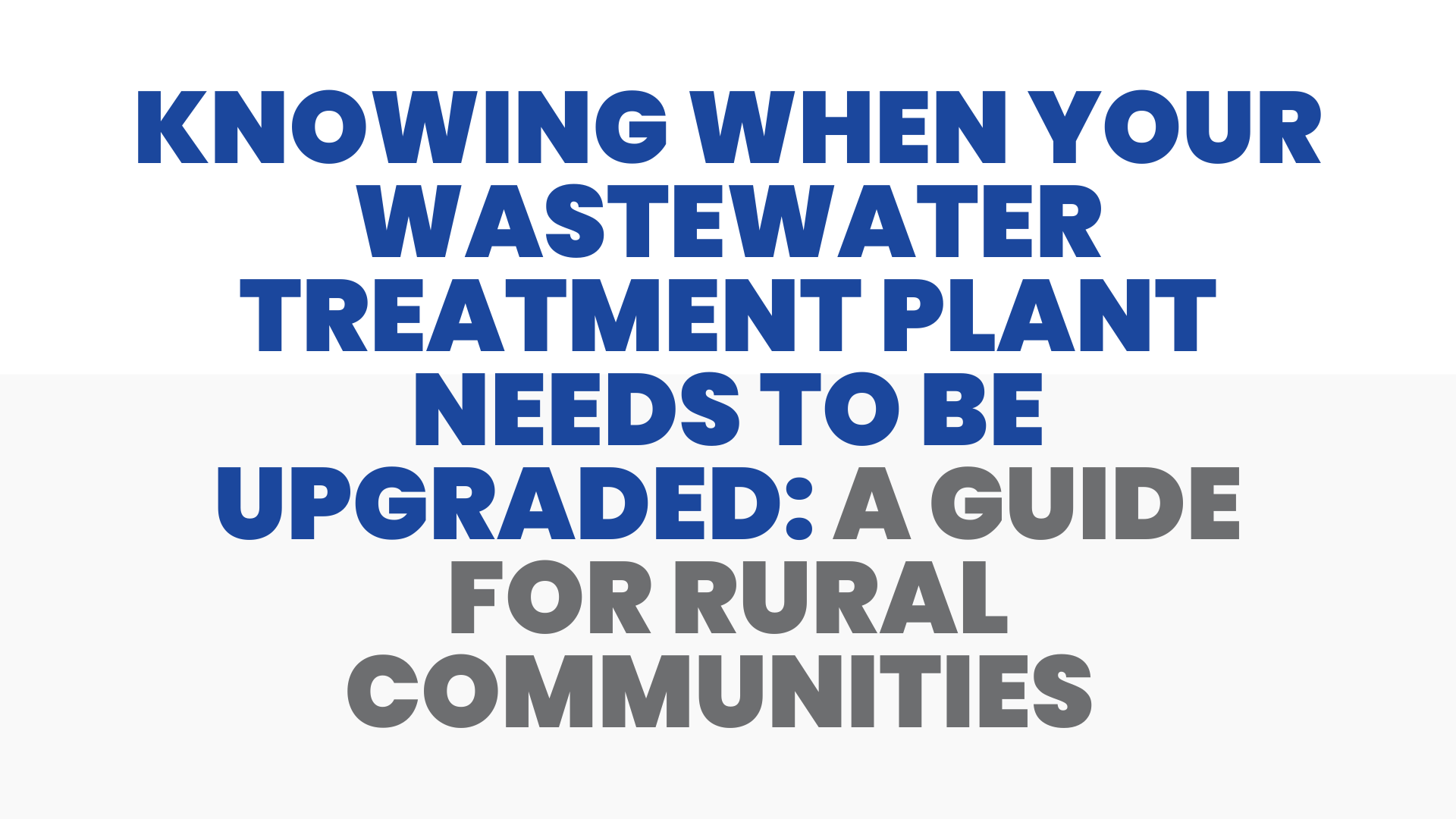In rural water and sewer communities, we are the stewards of our natural resources. We understand the importance of maintaining clean water for our families, farms, and future generations. One of the key components in achieving this is our wastewater treatment plant. But how do we know when it’s time for an upgrade? This article will provide you with three key signs that your wastewater treatment plant might need an upgrade.
Understanding the Flow Measurements
The Texas Administrative Code has clear guidelines for sewage treatment plant facilities. It states that if your plant’s flow measurements reach 75% of the permitted average daily or annual flow for three consecutive months, it’s time to start planning for expansion or upgrades. If it reaches 90% for three months, you must begin construction of additional treatment or collection facilities.
For instance, the rural community of Appleby, Texas, noticed that its wastewater treatment plant was consistently reaching 80% of its permitted average daily flow. It was a sign that their system was nearing its capacity and needed an upgrade. They started engineering and financial planning, which saved them from future issues and potential permit noncompliance.

Physical Changes and Additions to the Treatment Plant
Another sign that your wastewater treatment plant might need an upgrade is if there are planned physical alterations or additions that could significantly change the nature or increase the quantity of pollutants discharged. If your alteration could result in a significant change in the sludge use or disposal practices, then it’s also a sign to consider an upgrade.
For example, the town of Centerville, Texas, recently added a new industrial area to their community. This increased their wastewater flow, requiring them to upgrade their treatment plant to handle the additional pollutants.
Taking Into Account New Dischargers
The Texas Administrative Code stipulates that if your community is a new discharger, you must provide quantitative data within two years after the commencement of discharge. If your community is growing and adding new sources of discharge, it’s crucial to monitor these and plan for upgrades as necessary.
Consider the case of Rose City, Texas, which saw a significant population increase over a short period. They had to provide data on their new discharge levels and consequently upgraded their wastewater treatment plant to accommodate the increased demand.
Funding Your Upgrade
Upgrading a wastewater treatment plant is a significant project that requires careful financial planning. Fortunately, there are several funding strategies available for rural communities. These include grants and low-interest loans from state and federal programs designed to assist disadvantaged communities. By exploring these options, you can find a solution that suits your community’s needs without putting undue financial stress on your residents.
In summary, understanding the flow measurements, anticipating physical changes to the plant, and accounting for new dischargers are all signs that your wastewater treatment plant might need an upgrade. By monitoring these factors and planning for upgrades, you can ensure the sustainability of your community’s water resources. Remember, clean water is our responsibility, and together, we can make a difference.
